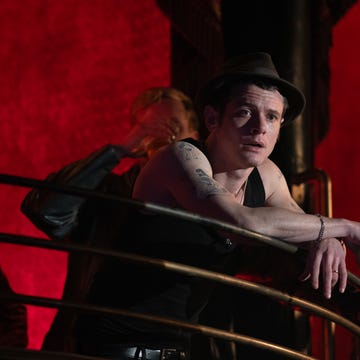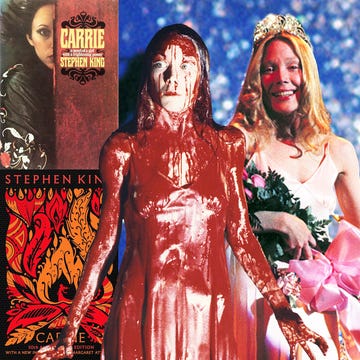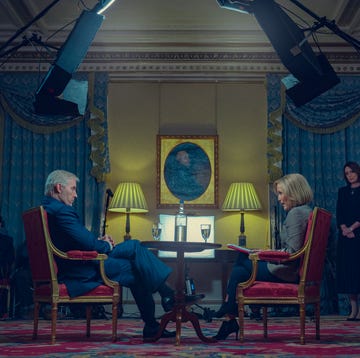Most people still have an aversion to black and white films.
Originally, George Miller wanted his 2015 action masterpiece Mad Max: Fury Road to be black and white. But, of course, a blockbuster movie like that couldn't possibly survive the box office without technicolor. That's primarily why the theatrical version of the film is in color (and it's beautiful of course, a vibrant work of art). But Miller maintains that "The best version of this movie is black and white, but people reserve that for art movies now." (Yes, you can watch that version.)
From German expressionism to film noir, black and white films have pushed the boundaries of movie-making, as RocketJump Film School outlines in an incredibly in depth analysis of the style. From a technical aspect, the aesthetic has changed the way filmmakers play with texture, lighting, sets, and depth. But more importantly, black and white changes a movie thematically, providing atmosphere, tone, and visually providing stark contrasts and a dreamlike view of the world. It can at once make a film feel more real (like time period accurate film and photographs) while making it feel unreal (real life is in color).
To illustrate this, RocketJump put together scenes from the color and non-color Mad Max, and it'll make you want to go back and watch Mad Max the right way.













